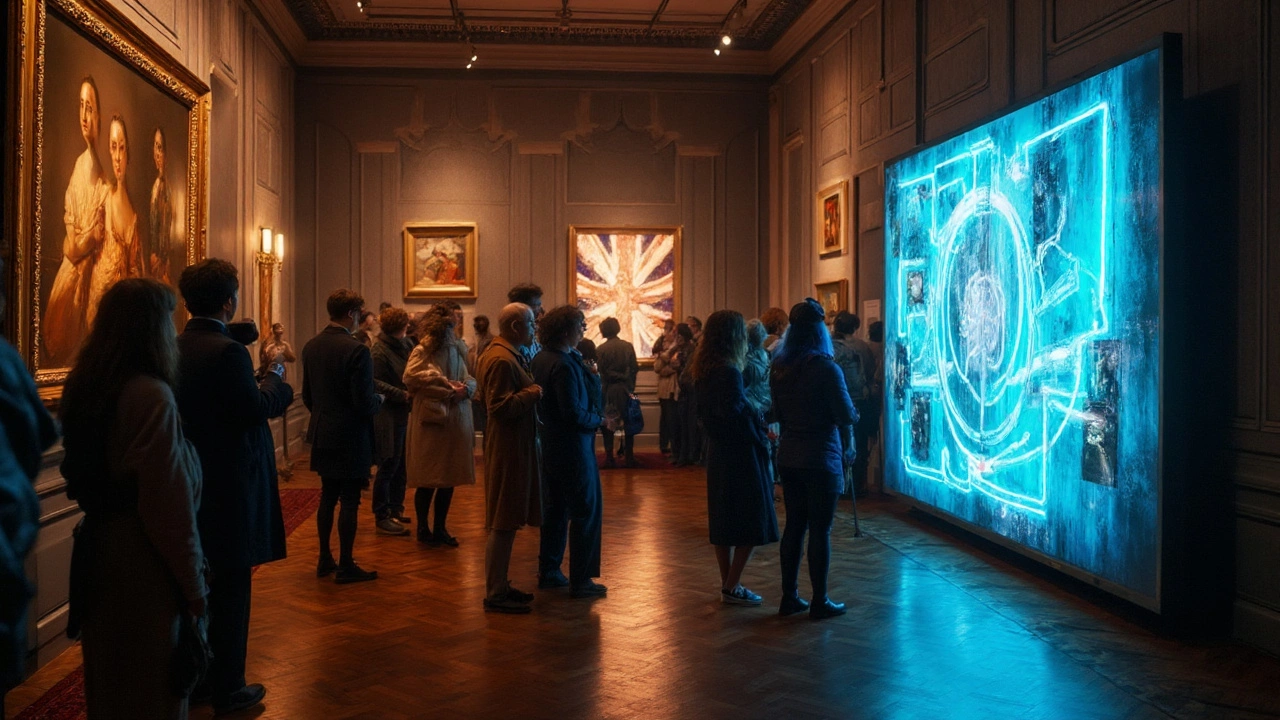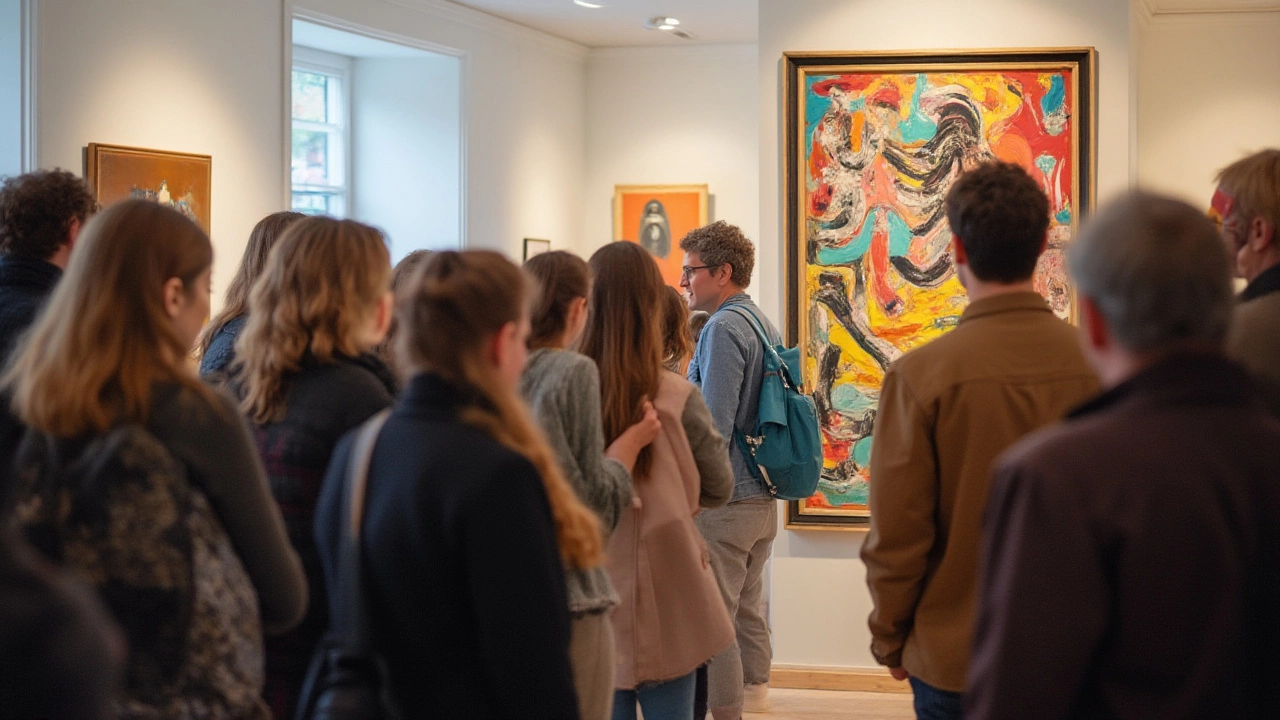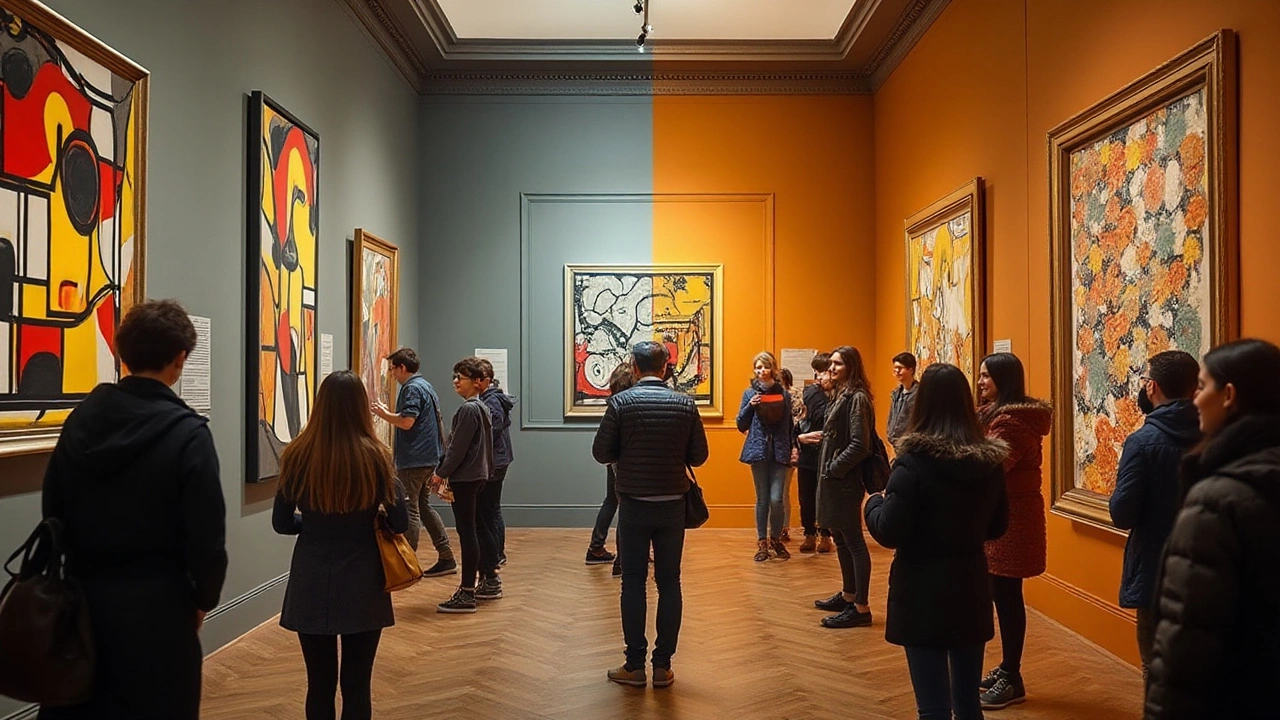Fine Art vs Contemporary Art: Key Differences Explained
24 Sep 2025Discover how fine art and contemporary art differ in history, medium, market and critical approach, with clear examples and a handy comparison table.
Continue reading...Ever stare at a gallery wall and wonder why some pieces feel totally different? You’re not alone. The art world is full of styles that look alike at first glance but have clear clues once you know what to look for. Below you’ll find the most common differences that help you tell modern from contemporary, abstract from realistic, and acrylic from oil – all in plain language.
Modern art covers roughly 1860 to the 1970s. Think of artists like Picasso, Mondrian, and Warhol. Their work broke away from realistic painting and focused on new ideas about shape, color, and form. Contemporary art is what’s being made right now – it includes digital pieces, AI‑generated images, and street‑art murals. If a painting talks about the internet or uses a video screen, you’re looking at contemporary work. If it sticks to bold colors and flat shapes without tech, it’s likely modern.
Abstract art isn’t just random splashes. Artists use color, line, and texture to convey feelings or ideas. A stormy blue swirl might suggest sadness, while a bright yellow burst can feel hopeful. Ask yourself what emotion the piece stirs in you – that’s the message. No need for a museum guide; your gut reaction is the first clue.
When you compare acrylic and oil for portraits, the difference is pretty practical. Acrylic dries fast, so you can add layers in minutes. It’s great for beginners who don’t want to wait weeks for a painting to finish. Oil takes days to weeks to dry, letting you blend colors smoothly for realistic skin tones. If you love soft transitions, oil is your friend; if you want quick results, grab acrylics.
Portrait painters still thrive in the UK, especially for families who want a personal legacy piece. Prices vary based on size, detail, and artist reputation. A small headshot might cost a few hundred pounds, while a full‑body commission can climb into the thousands. Always ask for a portfolio and a clear contract before signing.
Even the background matters. A simple, muted backdrop makes the subject pop, while a busy scene can distract. Many artists recommend using a single‑tone backdrop or a subtle gradient to keep the focus on the face.
Finally, remember that art differences aren’t just academic. They affect how you buy, collect, or create. Knowing whether a piece is modern or contemporary helps you price it right. Understanding abstract meaning lets you talk about the art with confidence. Recognizing medium differences guides your material choices for the next project.
Next time you walk into a gallery, try spotting one of these clues. You’ll feel more connected to the work and maybe even discover a new favorite style. Happy art hunting!

Discover how fine art and contemporary art differ in history, medium, market and critical approach, with clear examples and a handy comparison table.
Continue reading...
Find out exactly how modern art and contemporary art differ, with real examples and advice on reading the art scene. Simple, straight talk—no confusing art speak.
Continue reading...
Many people confuse contemporary art with modern art, but they actually represent different periods and ideologies. This article clarifies these distinctions by exploring the unique characteristics, historical contexts, and prominent figures of each art movement. By examining their evolution, this guide helps art enthusiasts appreciate the nuances and significance of these art forms. Whether you're a novice or an adept critic, understanding these differences enriches your art experience. Discover how these movements influence our perception of art in today's world.
Continue reading...